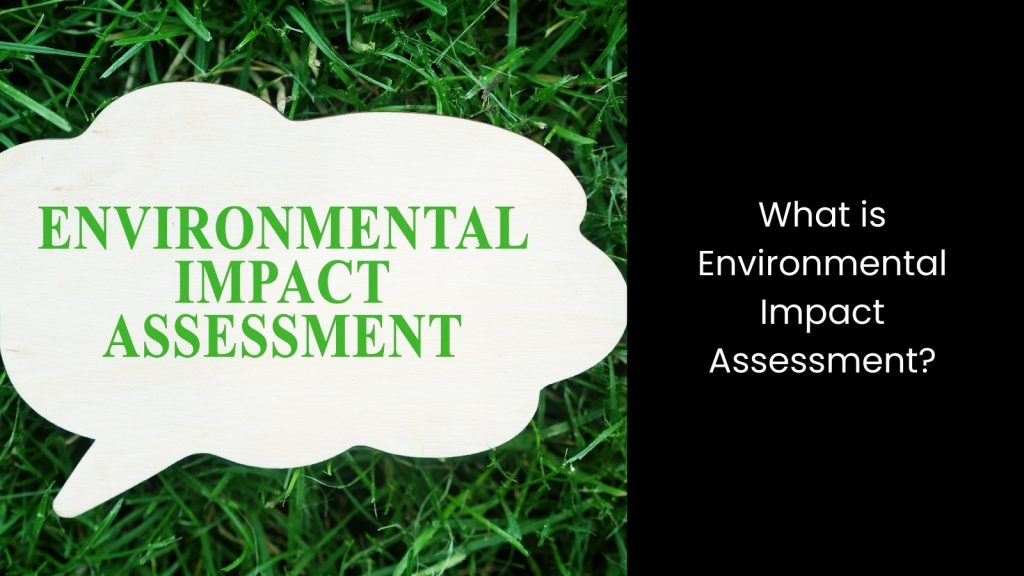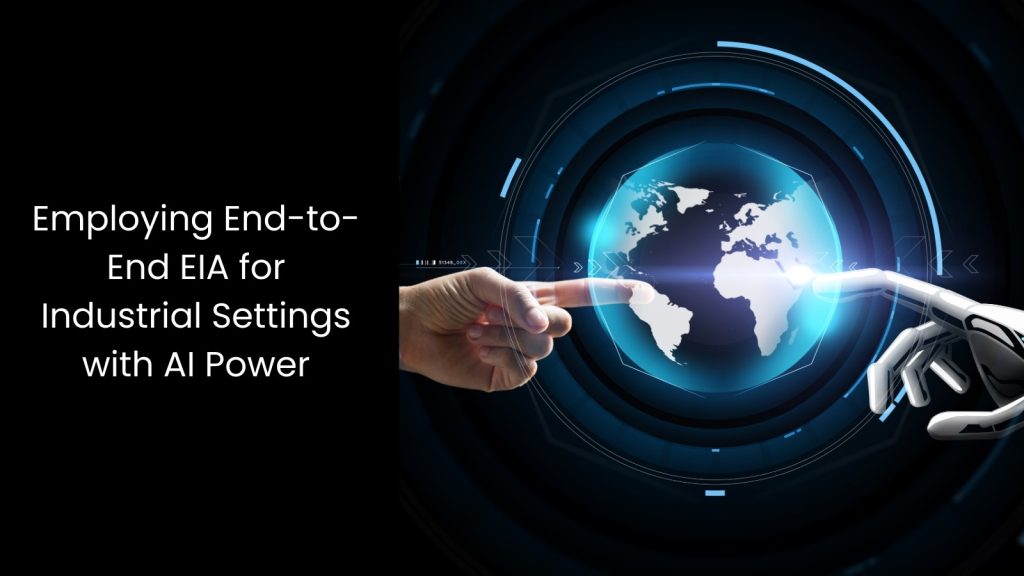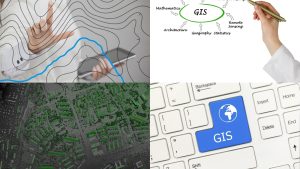In this article, we are going to explore the top 5 benefits of EIA.
What is Environmental Impact Assessment?

- This is a systematic process used to predict and evaluate the potential environmental effects of proposed projects before they are implemented. The goal of EIA is to identify and understand the environmental risks associated with a project, all while enabling developers and decision-makers to assess the possible negative impacts on ecosystems, human health, and local communities.
- Since it is possible to identify potential issues early on, EIA offers opportunities to mitigate or avoid harm. This capacity ensures that sustainable development practices are followed.
- Plus, the latter serves as an essential tool for assessing how construction, industrial, or infrastructural projects might affect natural resources such as water, land, and air quality. It also evaluates how biodiversity could be impacted. This is valuable in ensuring that ecosystems and endangered species are not harmed.
- Beyond environmental concerns, EIA also considers social and economic factors, including public health and community well-being.
Understanding the EIA Process

- The process involves comprehensive environmental monitoring, compliance checks, and impact analysis to ensure that projects meet legal and regulatory standards.
- A thorough EIA process requires detailed studies, including baseline data collection, predictive modelling, and public consultations, to assess potential outcomes.
- With this assessment in place, various industries can make informed decisions that balance development goals with environmental protection. It is one powerful way to promote long-term sustainability and reduce the risk of costly delays, legal issues, or reputational damage down the line.
Top 5 Benefits of EIA

Avoiding Costly Mistakes
Just visualise setting up a massive industrial plant only to find out later that it messes with nearby water bodies or disrupts wildlife habitats. Nobody wants lawsuits or outrage from the public. We all know that fixing those messes eats up time and money a lot.
Planning ahead with an EIA means you catch these red flags early and deal with them before they blow up into full-scale disasters. Plus, skipping this assessment can lead to hefty fines, environmental degradation, and unexpected legal battles that could cripple a project before it even gets off the ground.
This is one of the benefits of prioritising environmental risk assessment from the beginning. On one hand, the industrial world tends to enjoy smoother project approvals, and on the other hand, the authorities save resources and maintain their reputations in the long run.
Protecting Biodiversity
Environmental Impact Assessments make sure developers understand the value of flora and fauna before they start breaking ground. It is about respecting what is already there and not treating nature like it is disposable.
When authorities overlook biodiversity, they risk damaging delicate ecosystems that support various species, including endangered ones.
This is where evaluating ecological impact ensures habitats remain intact and thriving, which can even boost tourism and local economies. So biodiversity conservation through EIA walks ahead from being just an ethical choice towards being a smart investment in sustainability.
Enhancing Public Health
Environmental Impact Assessments make developers stop and think about their pollution control methods, waste management plans, and environmental management systems. Nobody says a country should stop from getting developed. Instead, developing while keeping ethical roots under the soil is important.
Preventing environmental hazards from the start ensures that families living nearby are not left dealing with the fallout. Health-related lawsuits can bankrupt companies, and bad press can be even worse.
Considering public health from the start helps companies and authorities maintain positive relationships with communities, avoid costly remediation efforts, and prove they care about more than just profits.
Promoting Transparency and Community Engagement
These usually require public consultation, giving locals a chance to voice their concerns and make sure they are not hiding things under the rug. And honestly, when communities feel heard and respected, projects tend to run smoother.
Moreover, public participation in this process helps build trust, making it easier for developers to gain approvals and avoid protests or opposition. Plus, collaboration with stakeholders leads to better decision-making and ensures projects align with societal expectations, environmental protection standards, and sustainability goals.
Supporting Economic Sustainability
When companies use environmental impact assessments to identify potential problems before they start, they are saving money in the long run.
Preventing environmental damage is way cheaper than trying to reverse it. And let’s not forget the potential for tapping into eco-friendly funding opportunities or certifications that reward companies for responsible planning. We know that investors and stakeholders appreciate companies that demonstrate foresight in environmental risk management.
Economic stability also flourishes when industries follow EIA guidelines. This aligns projects with green standards that open doors to grants, subsidies, and eco-friendly partnerships.
There is no doubt that development projects that value sustainable practices attract more clients and maintain a competitive edge in a market increasingly driven by ethical consumerism.
The benefits of EIA do not stop there, but these five points highlight why it is so much more than just a bureaucratic hoop to jump through. It is a powerful tool that prevents environmental degradation, helps businesses save money, protects ecosystems, improves public health, and gives communities a voice. If industries keep ignoring this responsibility, it is like throwing caution to the wind and hoping nothing goes wrong. And in today’s world, that is just asking for trouble.
Employing End-to-End EIA for Industrial Settings with AI Power

Now you can take your water, wastewater, and commercial operations to the next level with AI-enhanced end-to-end environmental impact assessments. These full-scale software tools embedded in other digital products help you manage environmental risks, improve compliance, and make smarter, data-driven decisions. You can optimise performance, reduce waste, and ensure sustainability with AI power. Why do you purchase separate solutions when you can have the whole suite under one brand?







